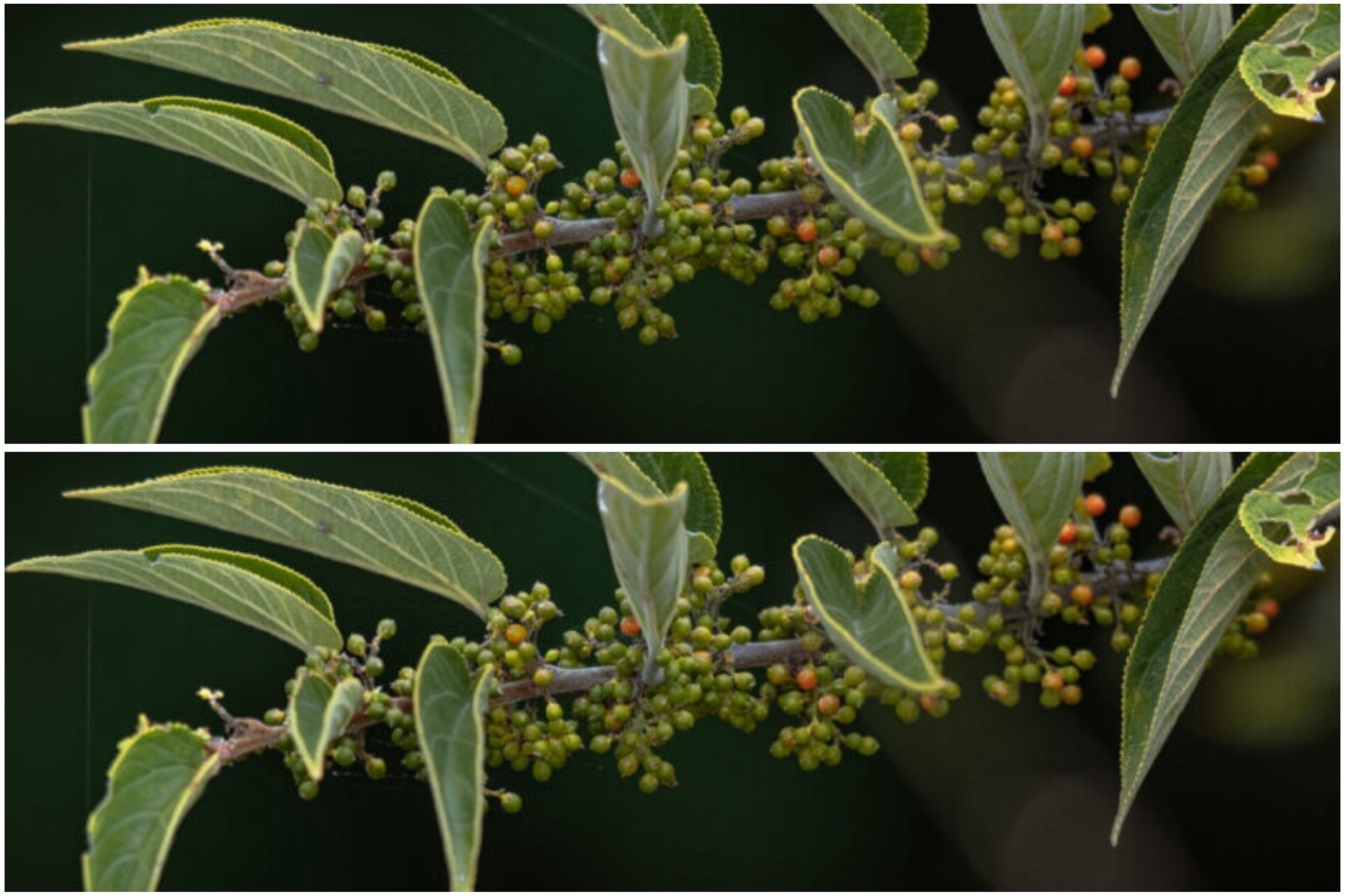Scientists have identified cannabidiol (CBD), a compound found in cannabis, in a common Brazilian plant, potentially opening new avenues for producing this increasingly popular substance.
The research team discovered CBD in the fruits and flowers of Trema micrantha blume, a shrub that grows abundantly throughout Brazil and is often considered a weed. Molecular biologist Rodrigo Moura Neto from the Federal University of Rio de Janeiro shared this significant finding with AFP last year.
CBD is increasingly being used to treat various conditions, including epilepsy, chronic pain, and anxiety. It is one of the primary active compounds in cannabis, alongside tetrahydrocannabinol (THC), which is responsible for the plant’s psychoactive effects.
While the medical efficacy of CBD is still under investigation, Neto explained that chemical analyses revealed Trema contains CBD but not THC. This suggests it could be a plentiful source of CBD without the legal and regulatory hurdles associated with cannabis, which remains illegal in many regions, including Brazil.
“It’s a legal alternative to using cannabis,” he noted. “This plant grows widely across Brazil and could provide a simpler and cheaper source of cannabidiol.”
Neto also pointed out that CBD had previously been discovered in a related plant species in Thailand. Although he has yet to publish his findings, he intends to expand his research to identify the best extraction methods for CBD from Trema and evaluate its effectiveness in treating conditions managed by medical cannabis.
His team recently secured a grant of 500,000 reais (approximately US$104,000) from the Brazilian government to support this research, which he estimates will take at least five years to complete.
According to a study by market analysis firm Vantage Market Research, the global CBD market is currently valued at nearly US$5 billion and is projected to exceed US$47 billion by 2028, primarily driven by its health and wellness applications.
